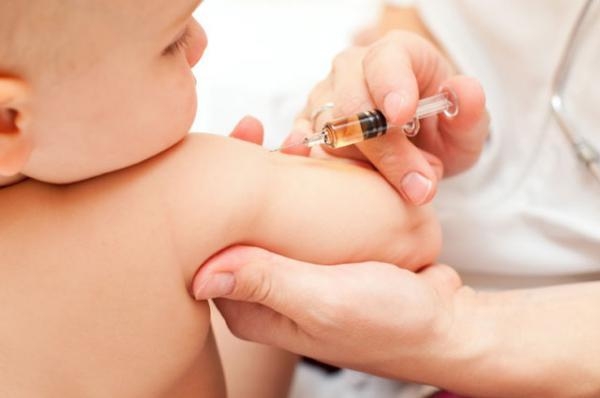Vietnamese seasonal influenza vaccine to be put into mass use
- Vietnam-made measles-rubella vaccine put into mass use
- Vietnam successfully produces measles-rubella vaccine
- Project improves health care system in Central Highlands provinces
According to the VNA, the results were recorded after a period of study, trial and production from January 2015 to January 2018, according to IVAC. The vaccine targets three strains of influenza: A/H1N1, A/H3N2 and B.
 |
| Vietnam to be self-sufficient in seasonal influenza vaccine by 2019 |
The production process was in line with instructions of the World Health Organisation (WHO) and was assessed to meet quality standards, IVAC said, added that the production line can supply 3-5 million doses and is ready to respond when a new influenza pandemic occurs, since 2019.
Quality assessment and clinical trial results showed that the vaccine met quality and safety standards and was in line with WHO’s warnings and Vietnam’s regulations.
Particularly, due to domestic production, the price of this influenza vaccine will be 1/3 lower than the price of current imported vaccines, ie from VND80,000-120,000 per dose (At present, Vietnam imports influenza vaccine at a price of VND 240,000-300,000 per dose). This will make it easier for people to use vaccines and prevent flu outbreaks.
IVAC proposed State management agencies to recognize its production line with a capacity of 1.5 million doses per year.
Seasonal flu is usually benign but can become complicated, especially in babies, the elderly and pregnant women who have low resistance system. The most effective way to prevent seasonal flu is through vaccination.
Influenza is a leading cause of morbidity and mortality worldwide. Seasonal influenza causes 250,000-500,000 fatalities and up to five million cases of severe illness across the globe every year.
Vietnam reports more than a million cases of influenza-like illnesses every year and has reported isolated cases of avian influenza A/H5N1 in humans, a strain with a particularly high fatality rate.

